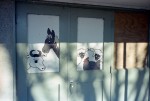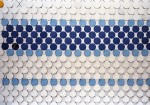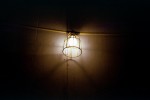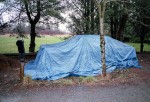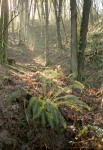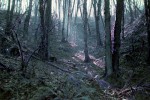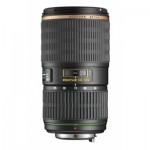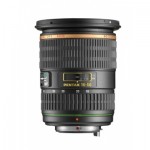Jun
19
2015
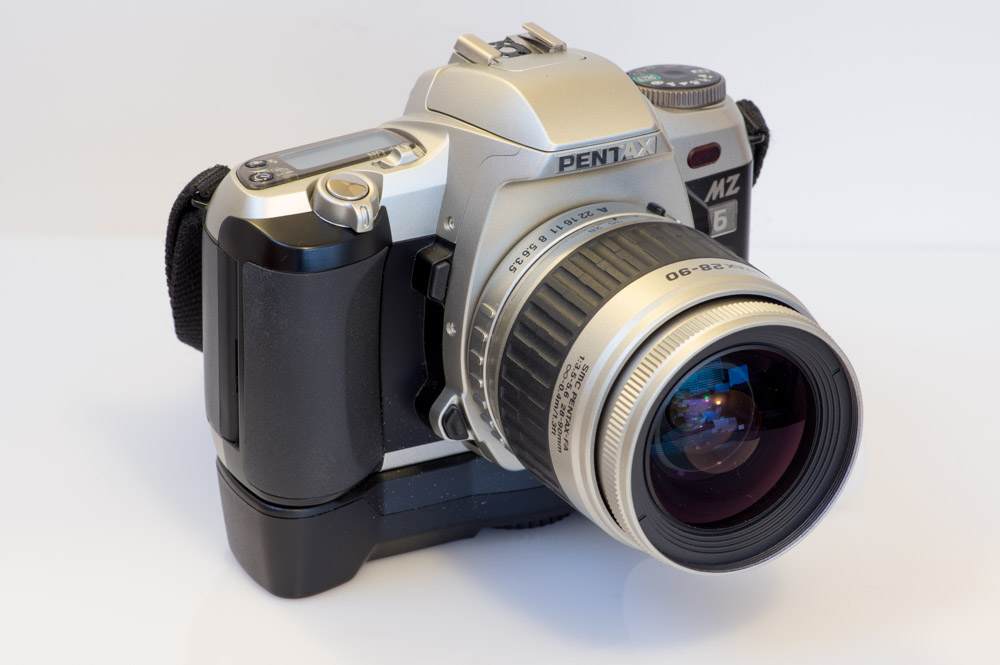
I discovered that the roll of Ektar 100 I had in my Contax RTS had not been exposed but had sat ineffectually waiting for the camera to show it the light. Rather than reloading it in the Contax I put it into my Pentax MZ-6 which has not let me down. The result is these random snap shots that I took in the same area. As I’ve probably said many times here on my blog if the images I intend to capture are important to me I turn to Ektar. Ektar scans the best and captures the most detail with the widest exposure latitude. The image on the right is the same as on the left but with -3EV exposure in Lightroom to show how much information is still lurking in the highlights and not actually blown out as might be with a digital camera.
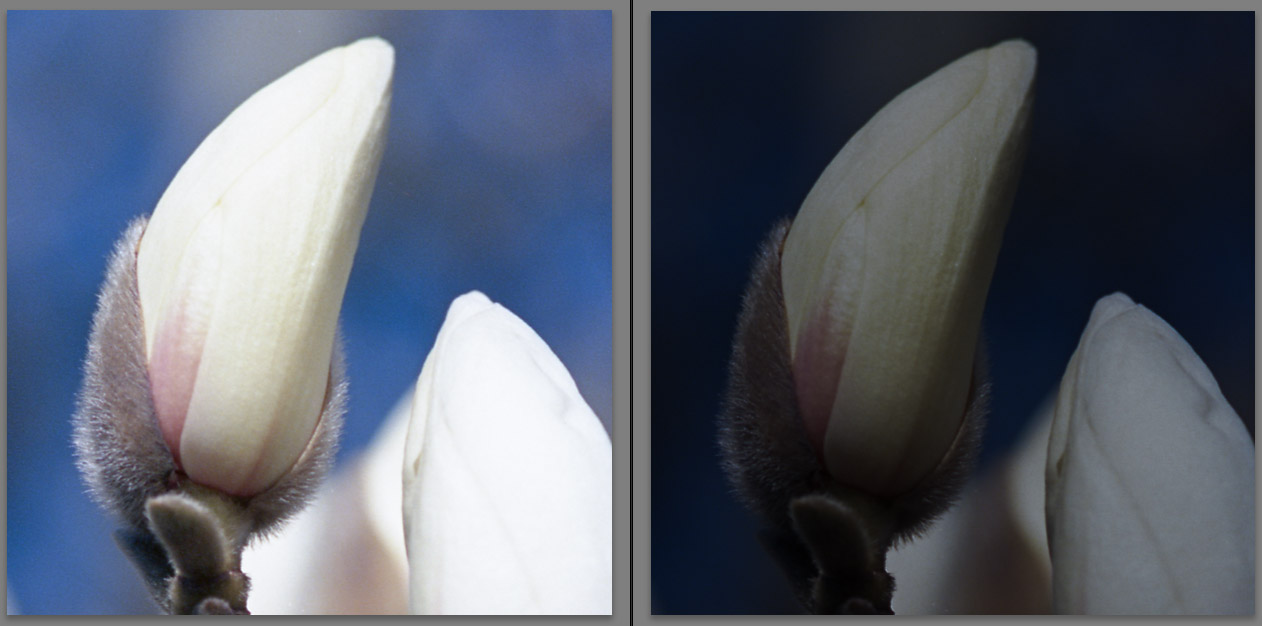
Ektars only short fall is that it is 100 ISO which doesn’t suit every situation, that being said on an upcoming post I will test it pushed to 400 ISO.
no comments | posted in Cameras, Photography
Jun
15
2015

The Pentax Espio 928M has for me a very desirable focal length of 28-90mm which makes it directly comparable to the Canon Z90W which I also have. The Pentax has the slightly slower lens at f4.8-10.9 verses the Canon at f4.5-9.9 either way if you choose to use one of these anachronisms your going to want to use a film of at least ISO400. It should be mentioned that the 928M is not the same camera as the 928 as the lens is slower and it does away with some great features like exposure compensation and multi-exposure mode. So if it were not for the fact that it has a wide angle of 28mm I wouldn’t have even bothered to pick it up. The thing is despite it’s short comings in the end it’s the lens in front of the film that maters and the lens performed quite well actually. Even the corners of the frame are reasonably distortion free when compared to other similar cameras. So with good light and fast film the Espio 928M is almost a camera worth using but really if your still shooting film at this point there are going to be better options. P.S. the Konica Lexio 70 is not one of them trust me.

no comments | tags: film, Pentax, point and shoot | posted in Cameras, Photography
Jun
11
2015

The Vivitar Pocket 35 is a chunky little camera, it’s like someone took a Yashica T3 and squeezed in its sides.
The camera is turned on by sliding the lens cover the same as the Yashica T3 but unfortunately that is about the end of the control you have over the camera. Well aside from the self timer and the shutter button that’s the extent of it. There is no way to alter the ISO or override the flash two of my favourite things. There is a green LED inside the viewfinder presumably to indicate that you have half pressed the shutter button. It’s far too promiscuous to be indicating focus, it will turn on for anything. Vivitar made a lot of cheap cameras over the years so it would be easy to dismiss this as yet another but really its lens sets it apart. Rather than being some fixed focus plastic abomination the lens is a very good 35mm f3.5 Vivitar Series 1 lens. I can’t find much information for the camera but based on the focal length and aperture and outward appearance I believe it’s likely a Tessar lens with 4 elements in 3 groups like you would find on the Yashica T3 and Olympus XA. Interestingly the camera can be powered either by a CR123A battery or 2 AAA I guess that chunky grip is good for two things, It fits the batteries and makes the camera comfortable to hold one handed without fear of dropping it.
There is something very appealing about this little camera. The only thing that keeps it a notch bellow something like the Olympus Stylus Epic is the inability to suppress the flash.
I shot the following images with the Vivitar Pocket 35 and Kodak 400 film.
no comments | posted in Cameras, Photography
Jun
8
2015
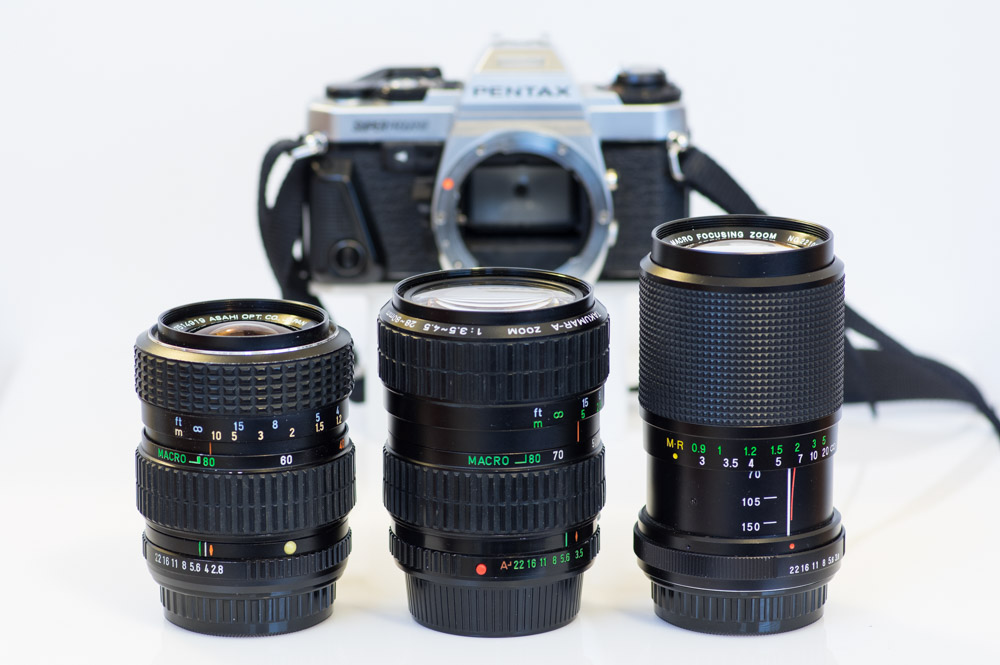
I happen to have three lenses that purport to have some sort of macro ability and fit my Pentax Super Program. From left to right are the SMC Pentax-M 1:2.8-4 40-80, Takumar-A 1:3.5-4.5 28-80 and the Vivitar 70-150 1:3.8 Macro Focusing Zoom. For convenience I am going to refer to them as the SMC,Takumar and Vivitar for the rest of the post. Obviously they bring different qualities to the comparison with the SMC being the fastest, the Takumar the widest and the Vivitar the longest but they all claim some close focusing ability.
In the same order here are samples from each of the lenses set to their closest focus and f5.6.
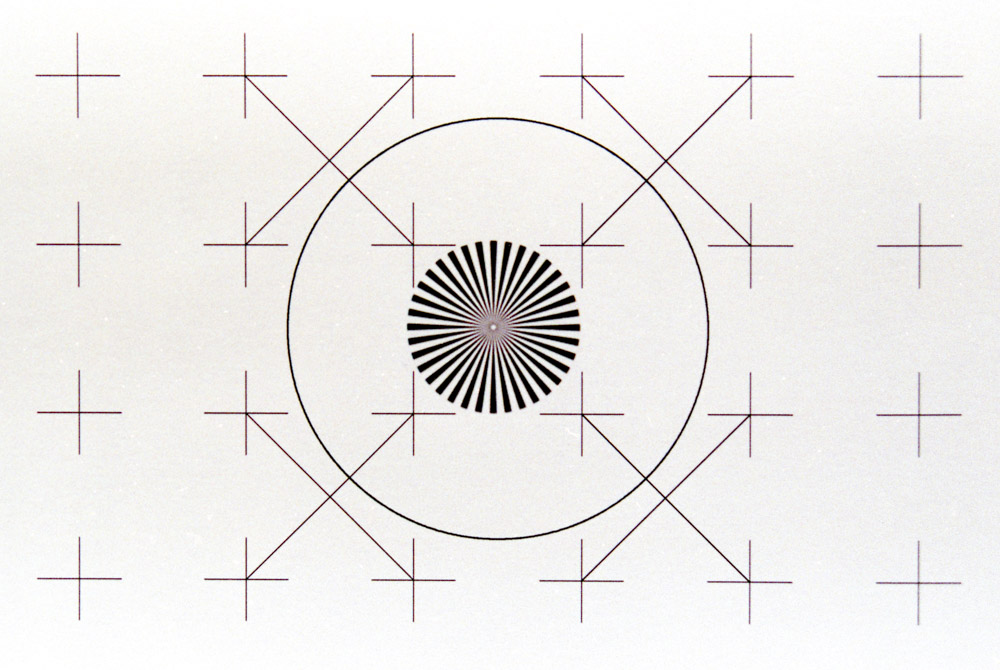
SMC

Takumar
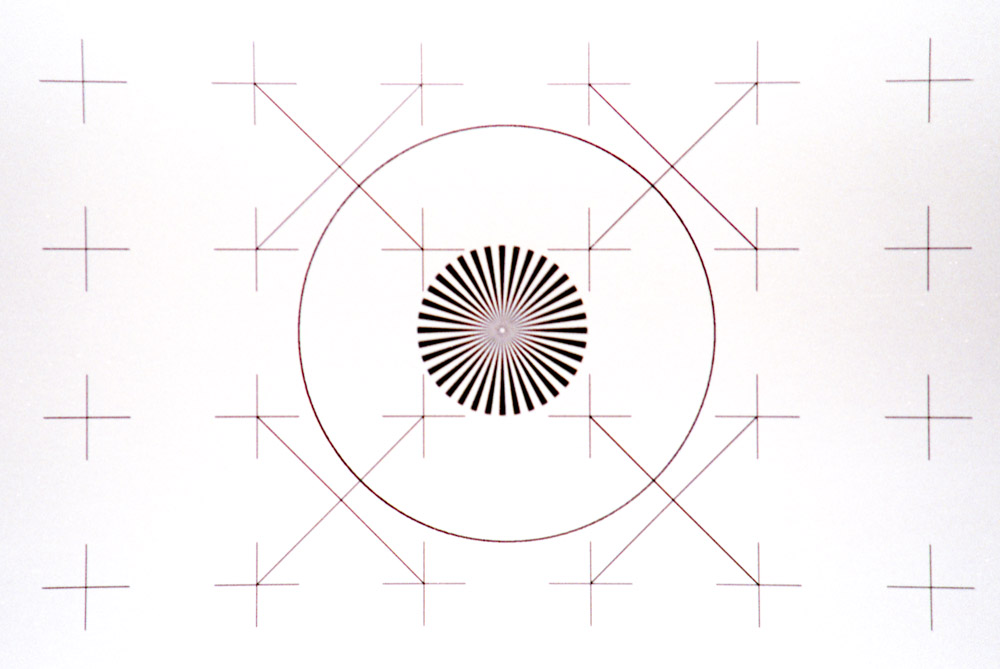
Vivitar
The SMC Pentax-M wins this hands down with the best image quality and the least chromatic distortions. When not at their closest focus and set to 70mm focal length it’s the Vivitar that comes out on top. The Takumar comes last in all the tests but it also has the most ambitious and useful focal lengths. The Vivitar sports an awkward set of focal lengths which might be suited to portraits but it’s not particularly fast at f3.8 It is compact though. The SMC Pentax-M also has a limit range of focal lengths but within them is the best of the bunch and the fastest too. The 28mm wide end makes the Takumar the most versatile but you give up some speed and image quality. So my verdict is that none of these replace each other and I should use them all…the end.
When mounted on an APS-c DSLR such as the Pentax K-3 the Vivitar makes a nice medium telephoto that renders out of focus areas in a gentle buttery bokeh. Wide open at f3.8 it tends to be a bit soft but at f5.6 it does a decent job.
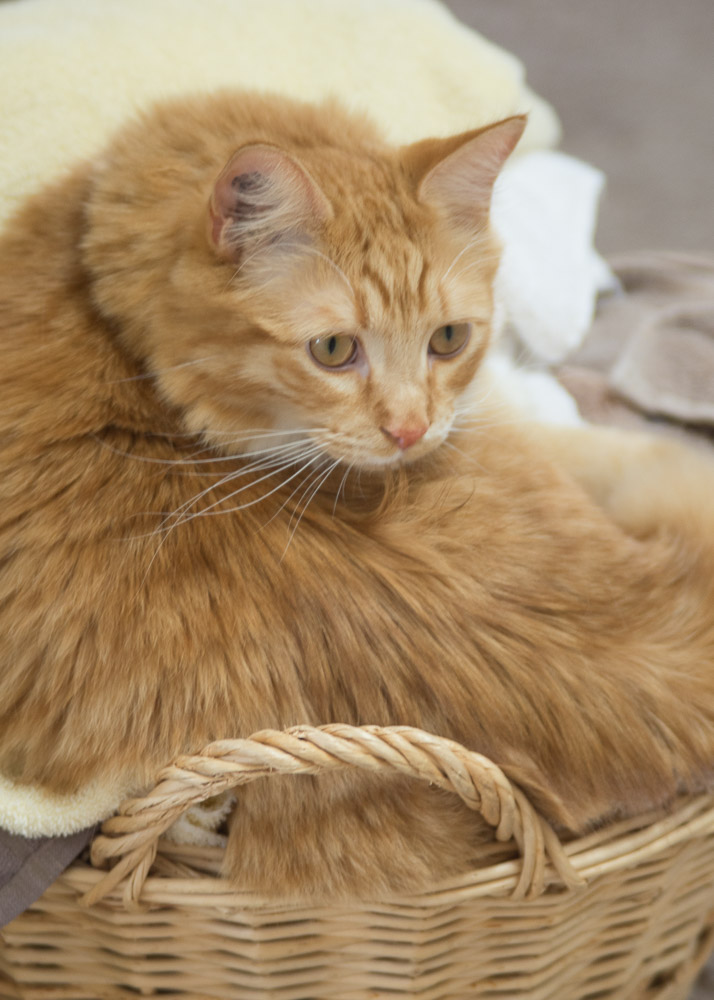
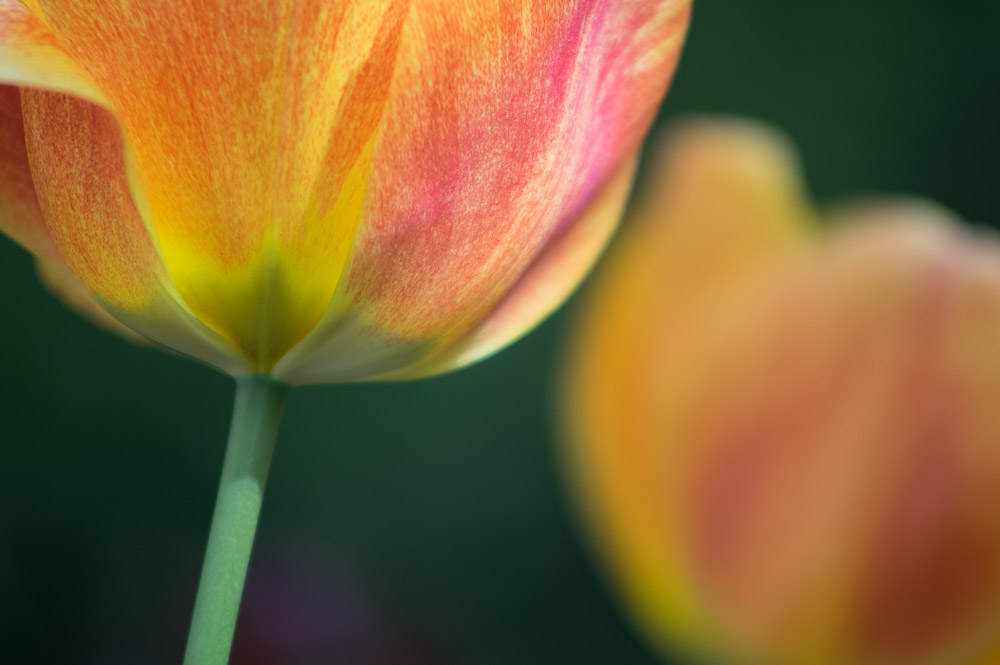
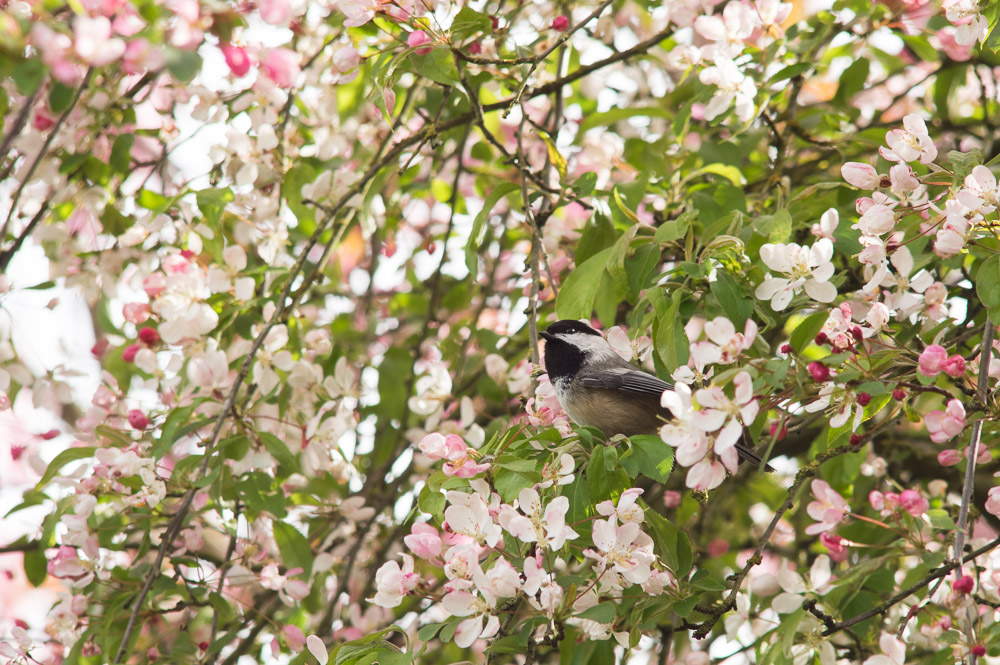
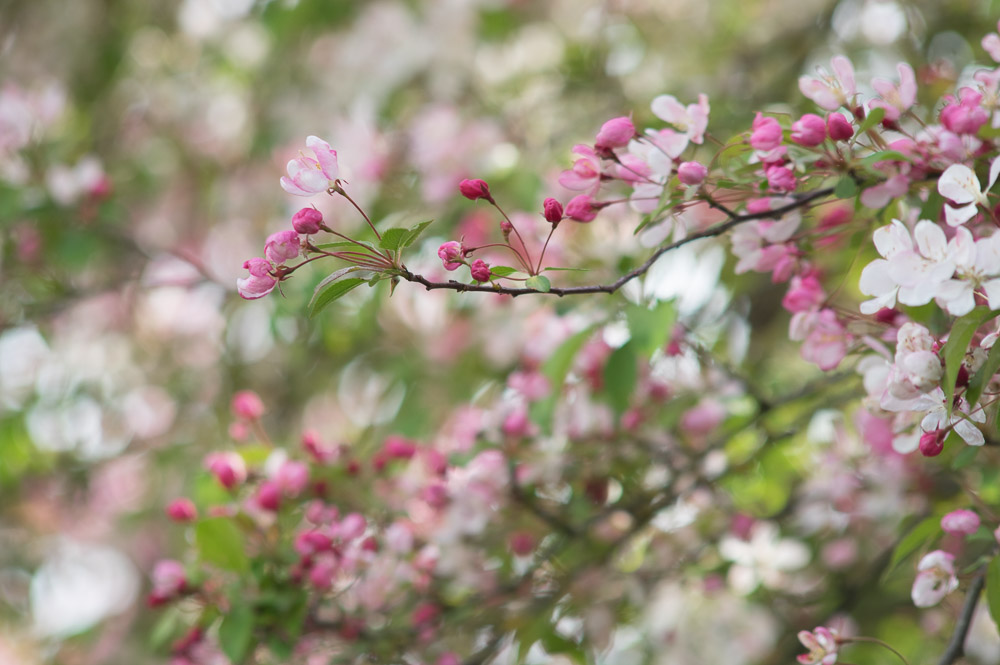 <
<
no comments | posted in Cameras, Photography
Jun
5
2015
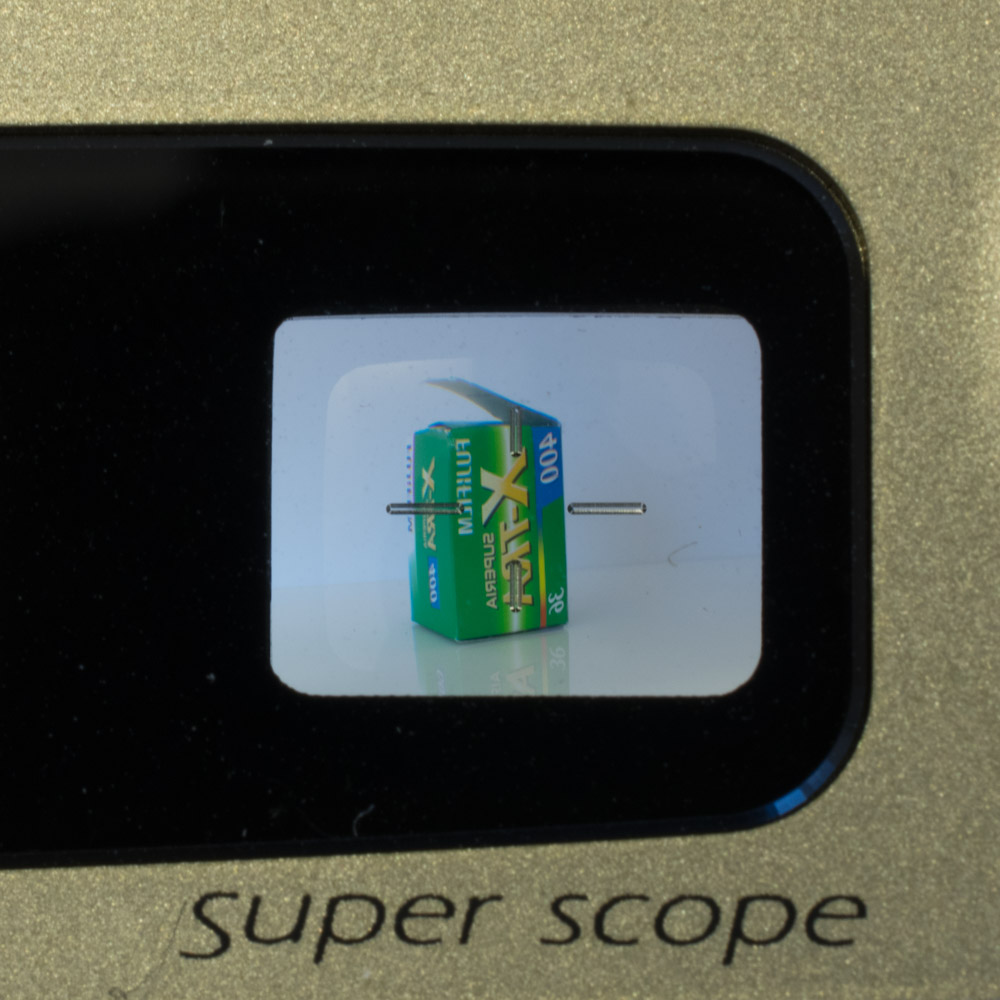
After two rolls of questionable film I finally loaded my Yashica T4 Super with a decent roll of Fuji Superia 400. The results where predictably better than what I achieved with the outdated Kodak 800 Yashica T4 Super. Results that are more in keeping with the cameras abilities. I find the Yashica T4 to be good for all around general picture taking. Partly because of it’s 35mm focal length but also because of its good handling and controls. I shot this roll over a variety of conditions from bright sun to shade and even night time and it performed well in every case.
One of the features of this camera is that it has a lens shield that only slides back when you turn the camera on, the earlier T AF had a similar shield but that only slid out of the way when you took the actual picture. This is a fantastic feature when your shooting in drizzling conditions or outright rain as it helps keep water from getting onto the lens.

One thing about one camera: When you lock focus with a half press of the shutter the meter is also locked so you can use that to manipulate exposure as long as the focus is the same.
no comments | posted in Cameras, Photography
Jun
1
2015

I loaded an Olympus XA with Lomochrome Purple film and set the ASA to 200. The film is rated at 400 ISO but over exposing is supposed to render darker purples. Shooting it during a mostly dreary winter time may have not been the best idea, perhaps spring when everything here is green would be better. I found that not every image caused the same degree of shift. I believe this is a combination of the metering from the XA and that darker greens seemed to be effected less than yellower greens. Also shaded light had much less impact on the shift than direct sunlight.
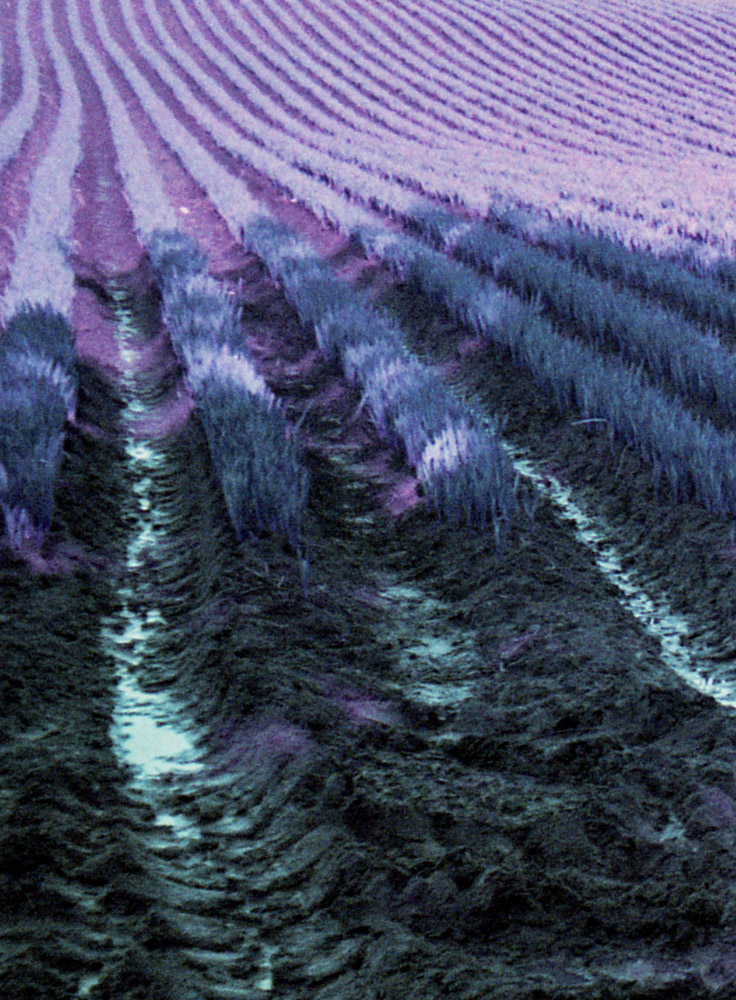
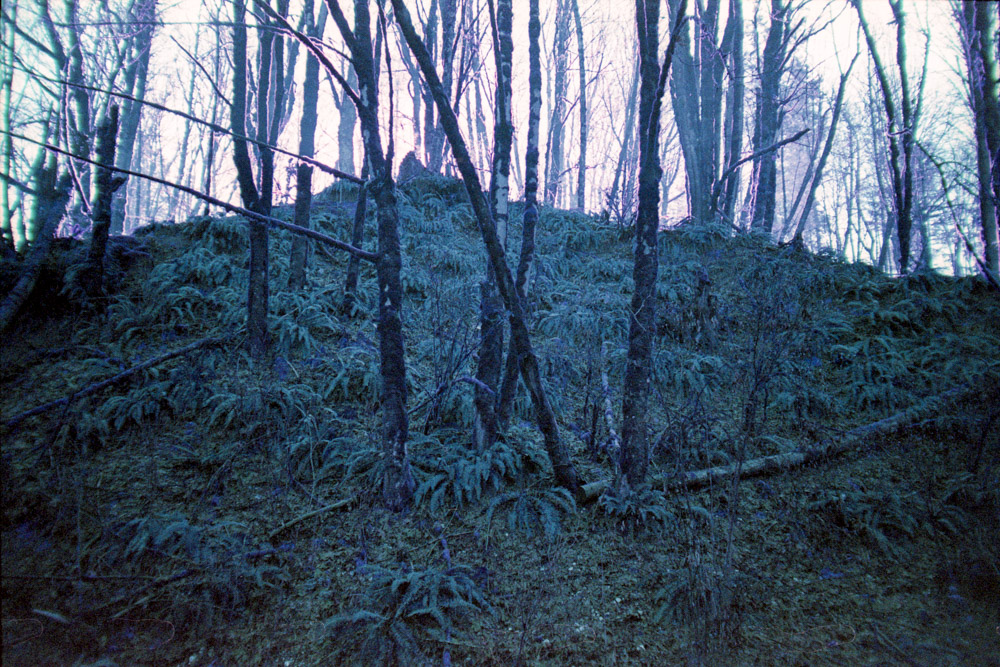
additionally blue is shifted to green and while you don’t tend to find that much purple out in the real world it is shifted to green as well.
Here is a little chart of how some colours are effected. The original colour is on top with the Lomochrome Purple shifted colour just bellow.
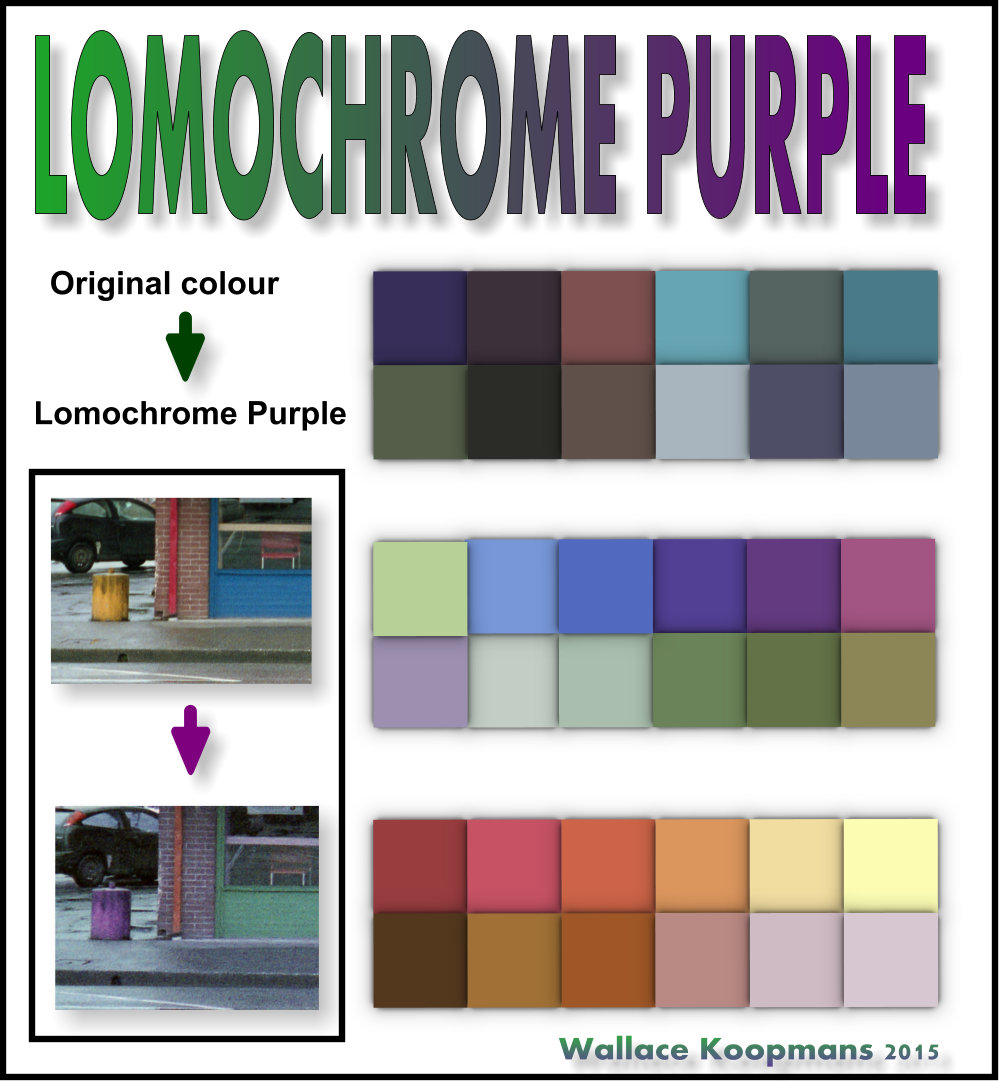
I have another roll that I will shoot when there is more foliage and new growth as well as using a different camera with a little more control.
2 comments | posted in Cameras, Photography, Processing
May
27
2015
Originally I hadn’t intended to take the K-3 and the DA* 16-50 and DA*50-135 but it was a terribly rainy day and if its going to pour then this is the gear to take. Besides the weather sealing the lenses are great optical performers and the K-3 is an amazing photographic tool with more technology packed into it than you can use in a day. More images from this day trip are here K-3 Signs
Update: Pentax has announced and is soon to release an updated K-3II with even more features. I’m particularly interested in the new pixel shift technology.
no comments | posted in Cameras, Photography, Uncategorized
May
22
2015
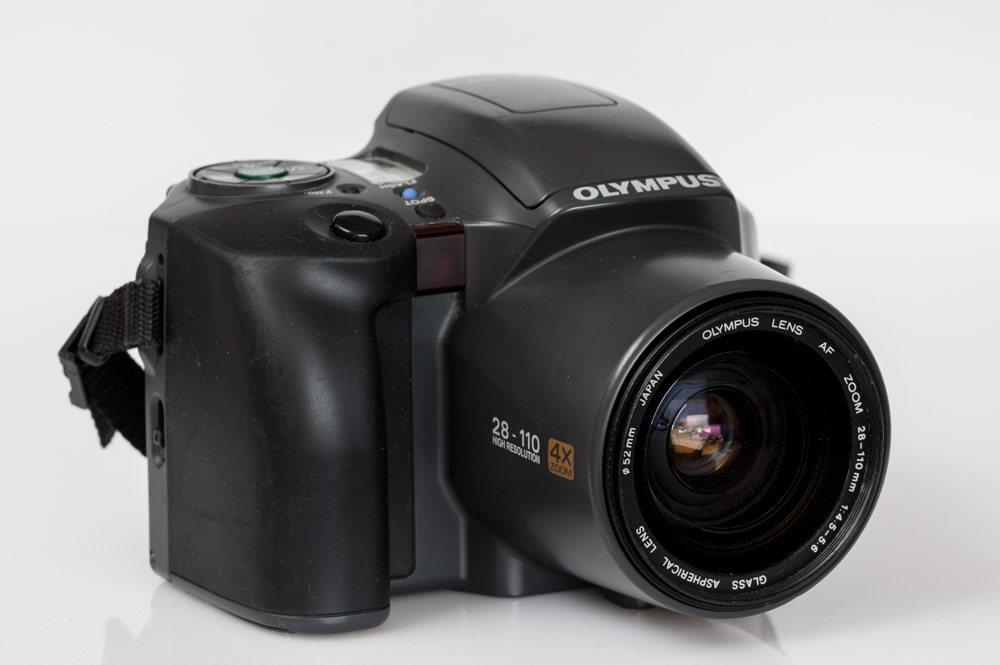
Digital super zoom cameras with a few exceptions have been looked down on by ‘serious’ photographers primarily because they tend to have tiny little sensors with large lenses. The positive is that they are able to cover a multitude of focal lengths in a single package the trade off has been lower image quality. Back when the Olympus IS-10 was released in 1994 though it used 35mm film just like almost every other camera available. Olympus called their version a ZLR or ‘Zoom Lens Reflex’ as it had a mirror and prism for viewing just like an SLR however it does not have an interchangeable lens. The lens zooms from 28mm-110mm with apertures from 4.5-5.6 across that range. The lens has 11 elements in 9 groups and is superior to any similar point and shoot lens. In fact at the 28mm wide end the lens is amazingly good. The program line for the camera will result in the lens being wide open for shutter speeds bellow 1/60sec at 28mm and 1/125sec at 110mm beyond that as the light increases the shutter speed will increase in step with the lens stopping down. You can also quickly select an aperture using the F.no. button and the camera will respond by selecting the necessary shutter speed (aperture priority). While full manual control isn’t possible further exposure manipulation can be accomplished by using spot metering.
Like any other lens letting a direct light source like the sun strike it will cause flare and reduced contrast.
One thing about one camera: No matter what buttons you’ve pushed and if you’ve forgotten how to set the camera a quick push of the full auto button will set everything back to its defaults.
The digital bridge camera zoom war has seen the focal length range expand from around 28-500 in 2008 which was already impressive to 24-2000 in 2015 which makes film bridge camera zooms seem pedestrian.
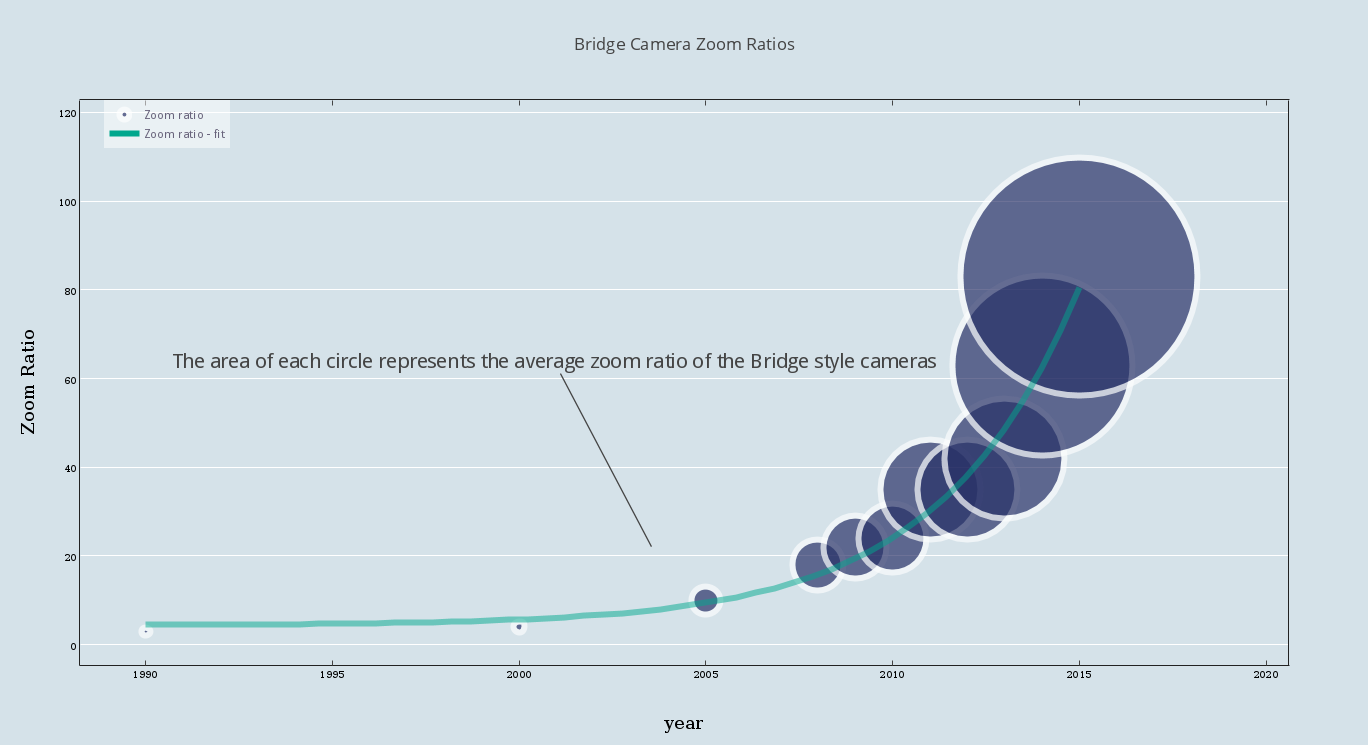
no comments | posted in Cameras, Photography
May
18
2015

The Pentax zoom 280-p is a beast of a ‘point and shoot’ weighing in at just over 1lb (467g with battery) as a camera of this style it’s really only rivaled in size by the Nikon Zoom Touch 800 . The 280-p though has a 28-80mm zoom lens rather than the Nikon 37-105mm. I much prefer the wide angle over the telephoto. The Pentax 280-p lens is comprised of 10 elements in 8 groups with a reasonably fast f3.5 at 28mm and f8.0 at 80mm (when compared to other zoom point and shoots from its time)
The camera has a lot of features though that help to compensate for its bulk.
- remote control built into the grip which even allows for zooming to 28/50/80mm.
- step or continuous zooming
- +-3EV exposure compensation in 1/2 steps
- Image size tracking (it can zoom automatically for portraits)
- Multiple exposures (under the drive menu)
- Interval timer settable from 10sec to 60min
- Several flash settings (Slow Speed/Bulb Sync/Auto/Daylight Sync/Forced Off)
- Focus override for infinity and spot
- Bulb timer settable from 1 second to 10 minutes
When all is said and done though it’s the image that matters and not the camera and unfortunately the Pentax zoom 280-p does not provide that good of image quality. I found it missed focus on a fair number of shots and the amount of distortions particularly at 28mm render all but the center of the image unusable. The verdict is that it’s just too heavy and it doesn’t provide enough in the final image to make up for it for general shooting. In 1993 it was one of the first point and shoot film cameras to provide this sort of focal range but it was surpassed by later models, and it’s ugly.
no comments | posted in Cameras, Photography
May
14
2015
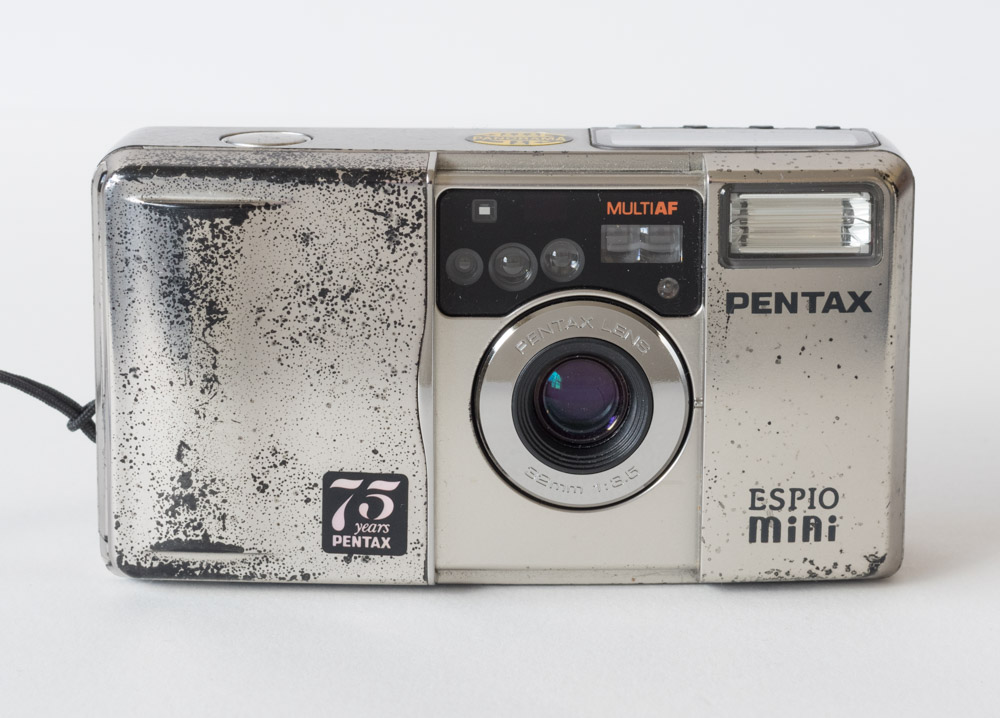 This camera looks like its had a tough 75 years but it’s only been 21. Pentax celebrated its 75 anniversary in 1994 and produced a few limited edition cameras as well as ones like this. This Espio MiNi otherwise know as the UC-1 was available both in black and silver but it’s only the sticker that distinguishes this one. This particular camera looks like it spent some time around salt water or a nervous sweaty handed photographer with the chrome eroded away revealing its true plastic nature. Just the same I thought it was worth a roll of film to see if it worked. And true to its appearance it worked but not perfectly. It seems that there were a few blank frames where no picture was captured. When it did work and this is true of other Espio Mini’s it produced good results. The lens is a simple 3 element design (32mm) that produces sharp images from corner to corner with accurate exposure. For more post about my other non pitted UC-1 look here October 2014 February 2014 April 2013 or March 2012
This camera looks like its had a tough 75 years but it’s only been 21. Pentax celebrated its 75 anniversary in 1994 and produced a few limited edition cameras as well as ones like this. This Espio MiNi otherwise know as the UC-1 was available both in black and silver but it’s only the sticker that distinguishes this one. This particular camera looks like it spent some time around salt water or a nervous sweaty handed photographer with the chrome eroded away revealing its true plastic nature. Just the same I thought it was worth a roll of film to see if it worked. And true to its appearance it worked but not perfectly. It seems that there were a few blank frames where no picture was captured. When it did work and this is true of other Espio Mini’s it produced good results. The lens is a simple 3 element design (32mm) that produces sharp images from corner to corner with accurate exposure. For more post about my other non pitted UC-1 look here October 2014 February 2014 April 2013 or March 2012
One thing about one camera: The Pentax UC-1 allows close focusing down to 1 ft and has LCD frame lines in the viewfinder to help compensate for the parallax.
no comments | posted in Cameras, Photography









































